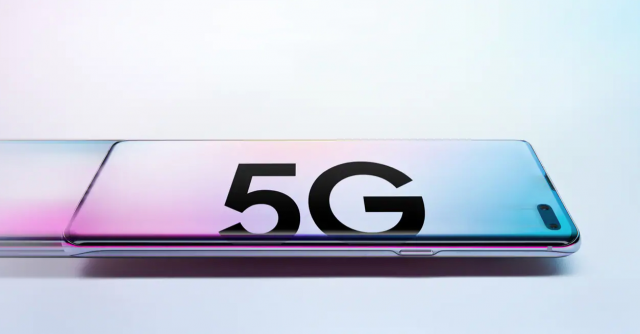5G is coming, and it’s going to be revolutionary. 5G networks will provide speeds that are up to 20x faster than 4G LTE. This means that you can download a high-definition movie within seconds! 5G networks will also have an increased capacity for data traffic, which means more customers on the network at any given time. With so many new features and capabilities, it’s no wonder why carriers are jumping at the chance to get their hands on this technology. But what does this mean for your legacy charging system?
Are your current policy and charging rules function ready for 5G?
It’s not surprising that will bring with it new opportunities for monetizing. As the market matures, providers are looking for ways to differentiate their offerings and capture additional revenue streams. One area of opportunity is charging systems.
In fact, most legacy charging systems aren’t ready for 5G or any changes in policy and charging rules functions (5G PCRF). If you want your company’s revenue stream to grow with the explosion of 5G networks, then you need a new solution now!
5G PCRF gives you the tools for monetization with 5G, which will be critical as more operators look to use their spectrum for high-value services like IoT (internet of things).
Issues with 5G Network: Speed, Scale, and Complexity
While the new 5G network is all bells and whistles, there’s one major issue: speed. Currently, 5G networks only have a range of about 300 meters. This means that providers will need to build out their infrastructure for the new network in order to provide coverage across wide areas and dense populations. For example, Sprint plans on using small cells in urban environments while T-Mobile is relying more heavily on macro cell towers.
While the infrastructure build-out is a necessary part of 5G, it’s also one that creates challenges. Small cells are more difficult to deploy and maintain than traditional cell towers, which means there will need to be new policies in place for tower construction and maintenance. Additionally, small cells require power from an external source (like a utility or generator). This might cause issues in disaster recovery situations, where limited power sources are the norm.
Issues like these will need to be considered when planning for 5G networks, and mobile
operators must have policies in place that cover the construction of new towers and small cells and maintenance of legacy infrastructure.
On the other hand, with more mobile subscribers in India and large-scale implementation of IoT applications, it will generate massive amounts of data that will be delivered to the 5G network core within ten milliseconds. Now, the problem with this is that the data will have to be routed through the core of the network and processed intelligently in real-time. This makes way for new infrastructure requirements for 5G, including a new Policy and Charging Rules Function (PCRF) called the 5G PCRF.
The issue with older systems like this is that it can result in loss of revenue for your company due to missed opportunities or poor customer experience.
New Infrastructure Requirements
New Protocols & Analytics Tools For improved performance on the network, telecom providers will need to consider upgrading their legacy infrastructure to include standard protocols such as GMPLS (Generalized Multiprotocol Label Switching). This protocol allows for high-performance optical networks, which are necessary when dealing with haul traffic between small cells and base stations.
In addition to GMPLS, the 5G PCRF will need new protocol handling support for building next- gen infrastructure like Substrate Nodes (SN). SNS is a vital part of 5G technology. They provide fine detail analytics about network behavior and data related to radiofrequency parameters that policy engines can use to make real-time decisions regarding resource allocation across different cells.
If you want your company’s revenue stream to grow with the explosion of 5G networks, then you need a new solution now! The good news is there is an easy way out.
Conclusion
As we said at the beginning of this blog post, legacy policy rules are not prepared for 5G
networks! If you want your company’s revenue stream to grow with these changes in technology and customer needs, then don’t wait until 2022—start planning now! A quick way to prepare would be updating your existing solution or adding a partner that can help you navigate future- proof systems for current issues like speed and scale as well as emerging trends like IoT.








